I discovered my first insect hotel at the Denver Botanic Gardens in 2018. Since then, I’ve been enamored with them. Not only do insect hotels provide a bit of garden whimsey, but they attract solitary native bees, wasps, and other beneficial insects desperately needed for pollination.
D*e*s*p*e*r*a*t*e*l*y.
Pollinators are on the decline for various reasons—mostly due to habitat loss. Without pollinators, we may as well call it a day. Pollinators are essential to the creation and maintenance of the earth’s ecosystem. Eighty to ninety percent of all flowering plants need pollinators. Pollinators are responsible for 1 out of every 3 bites of food we eat.
This is not fake news. Take a look at this crop list from the University of Arkansas Research and Extension Office.
Umm. Coffee and watermelon?
Yikes.
What constitutes a pollinator?
We often think of honey bees, right? But a pollinator is anything that moves pollen from the male part of a flower (stamen) to the female part of the flower (stigma). Pollinators include birds, solitary bees, wasps, moths, spiders, lacewings, roll poly bugs, ladybugs, fireflies, bats, hoverflies, earwigs, small mammals, and the wind.
After seeing insect hotels in Denver, I attended my first make-and-take insect hotel class at the Botanic Garden of the Ozarks (BOGO). Before I show you the hotel I created, take a look at these examples in Denver.
These are very large and partially decorative, but even so, these Denver versions provide insect nesting places as well as education to those of us visiting the garden. It’s because of these that I first became interested in insect hotels.
Different Strokes for Different Folks
One thing I’ve learned is that different insects require different materials for nesting.
For example: Ladybugs hibernate in the winter between pinecones or small boards. Solitary bees lay eggs in material with small holes such as drilled wood, bamboo shoots, and hollow cane. Lacewings lay eggs in hay or rolled up cardboard. So if you want to attract a diverse group of insects, fill your hotel with a variety of materials. But don’t open a zoo. Smaller is better when it comes to insect hotels. (Sorry, Denver.)
How to Make an Insect Hotel
For my class, BOGO in conjunction with the Ozark Science Center provided material such as pinecones, leaves, twigs, cane, brush, straw, cardboard, vines, etc. Seriously, I was a kid in a toy store selecting the contents for my insect hotel.
If you remember making mud pies, or playing in a sandbox, or chasing lightning bugs on a summer night, you will LOVE this project.
Material:
- use any untreated wood (no composite material such as particle board)
- make sure your hotel has a roof to protect the interior from rain
- smaller is easier to manage and lessens the risk of parasites
- fill with material to attract insects
- pack material tightly (but do not use glue)
For the purposes of our class, the house frames were provided to us. Handy / creative people can design their own or buy one online. I’ve seen them made from simple blocks of drilled wood to stacked boards.
Get creative!
Adding “bedding” to your hotel becomes a fun puzzle. The goal is to pack it tightly so that the contents won’t shift around but make it artful for your garden.
Once the hotel is ready, install it 3 – 5 feet off the ground. You can attach it to a tree or against a fence or building. The ideal location is directly facing eastern sunlight to provide morning warmth. You can also add a rock to your hotel. The sun will warm the rock which will warm the hotel.
Look for emerging bees in early summer. Bee activity will cease by mid-September. Some insects will overwinter in the hotel.
A Natural Art Project
I hung my insect hotel near our side gate facing east, and I can see it from the dining room window. I don’t think anyone has checked it yet, but it’s hard to tell.
Maintenance
As a responsible innkeeper, you can’t just open your hotel for business and forget about it. It is important to keep an eye on your hotel, inspecting it regularly.
Will unwanted pests check in? Possibly. That’s the thing about nature. We try to maintain a balance, and over time expect the beneficial will win out.
In the spring after all the bees have left their nests, I’ll clean the hotel with a diluted bleach mixture and replace the nesting materials with fresh “linens” to keep from spreading parasites. This is a very important part of insect hoteling. A dirty hotel will cause more harm than good.
A Second Hotel!
I’ve enjoyed being an insect hotel proprietor so much that in 2022 I built a second hotel. (Honestly, it served two purposes.)
After we removed a broken water feature, we were left with a large empty space where the spigot and pipes had been. So instead of rebuilding the wall ($$$$$!), I filled it with nesting materials for bees and other insects.
And now we have unexpected garden art!
Something to think about…
One more thing. If you aren’t serious about maintaining an insect hotel, don’t add one to your garden. So often, human interference causes harm to the very species we are trying to help. Instead, do your part to help bees by providing native plants for nectaring and nesting and by avoiding pesticides.
How are you helping the bees?
Grace Grits and Gardening
Farm. Food. Garden. Life.
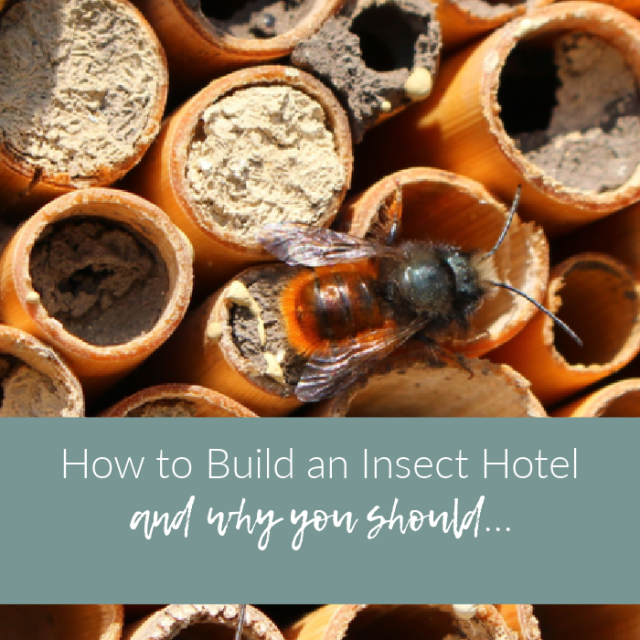
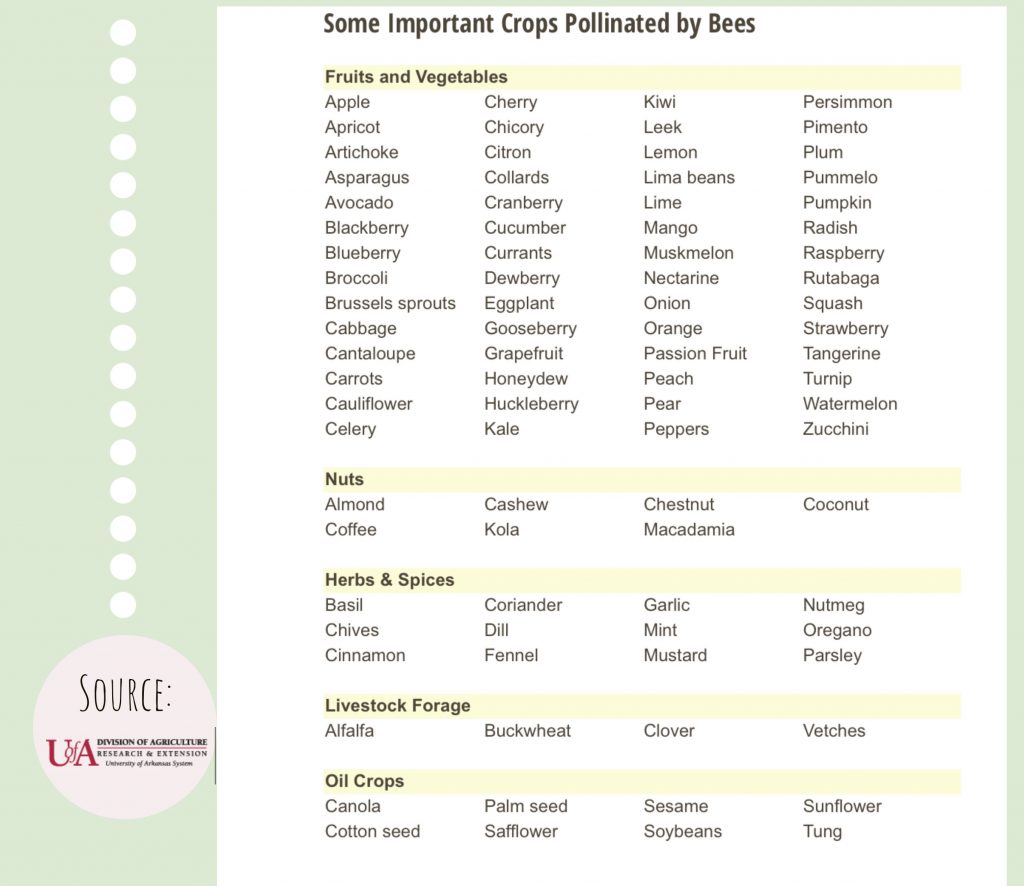
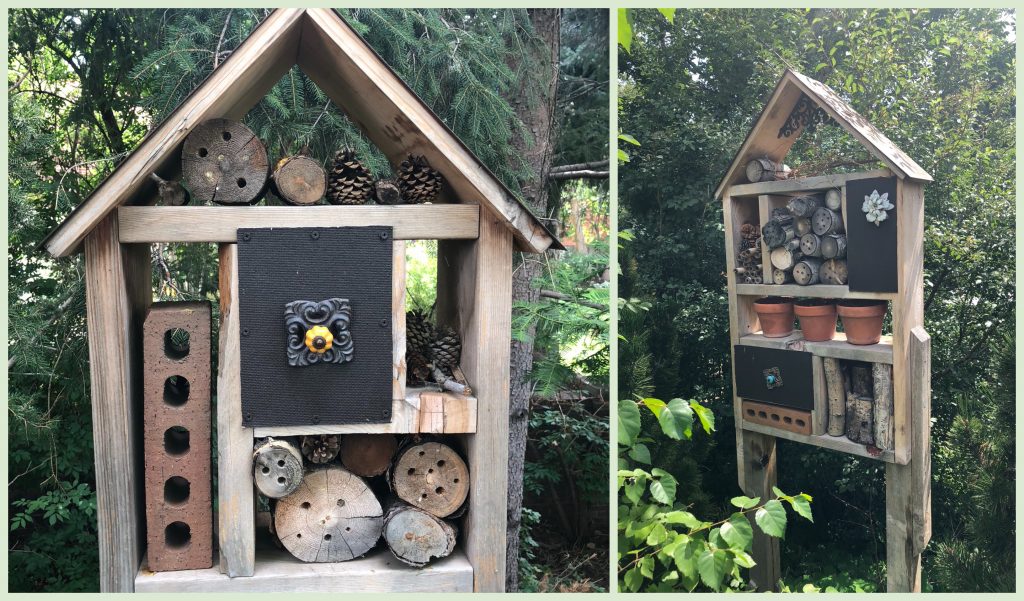

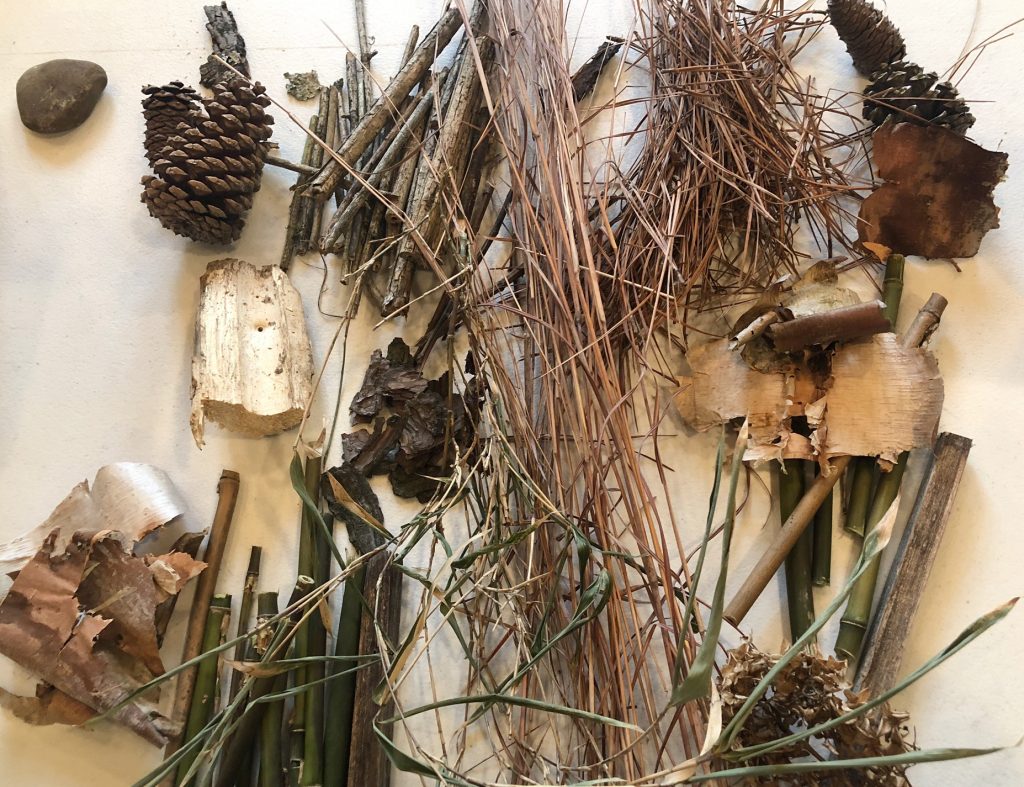
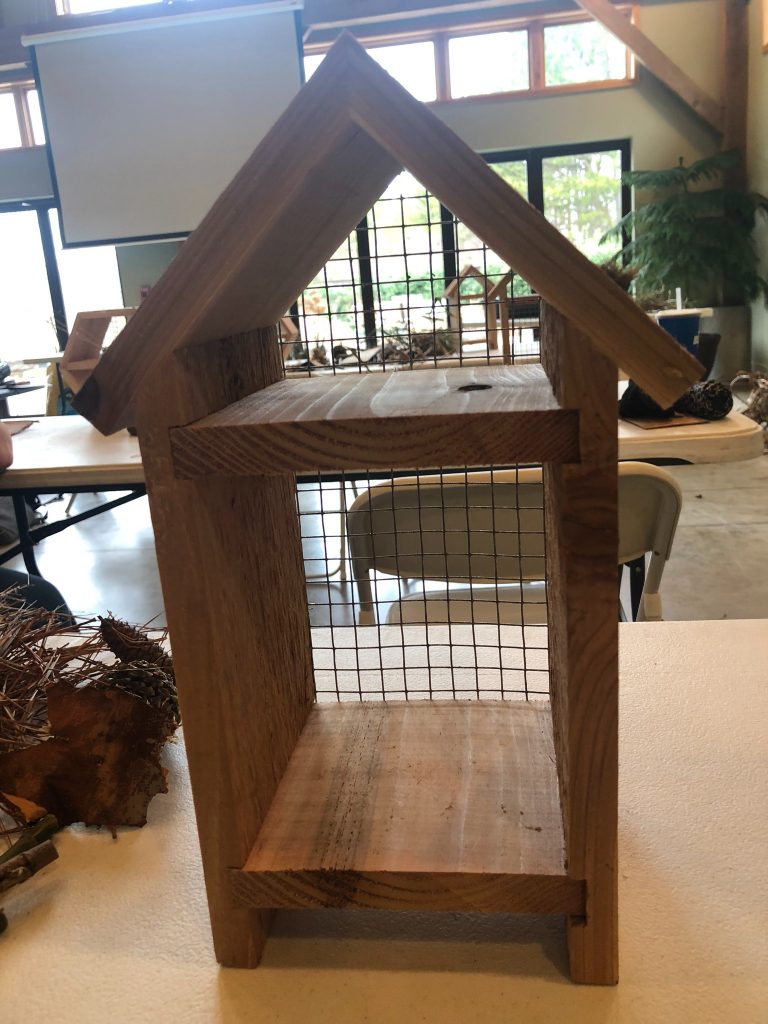

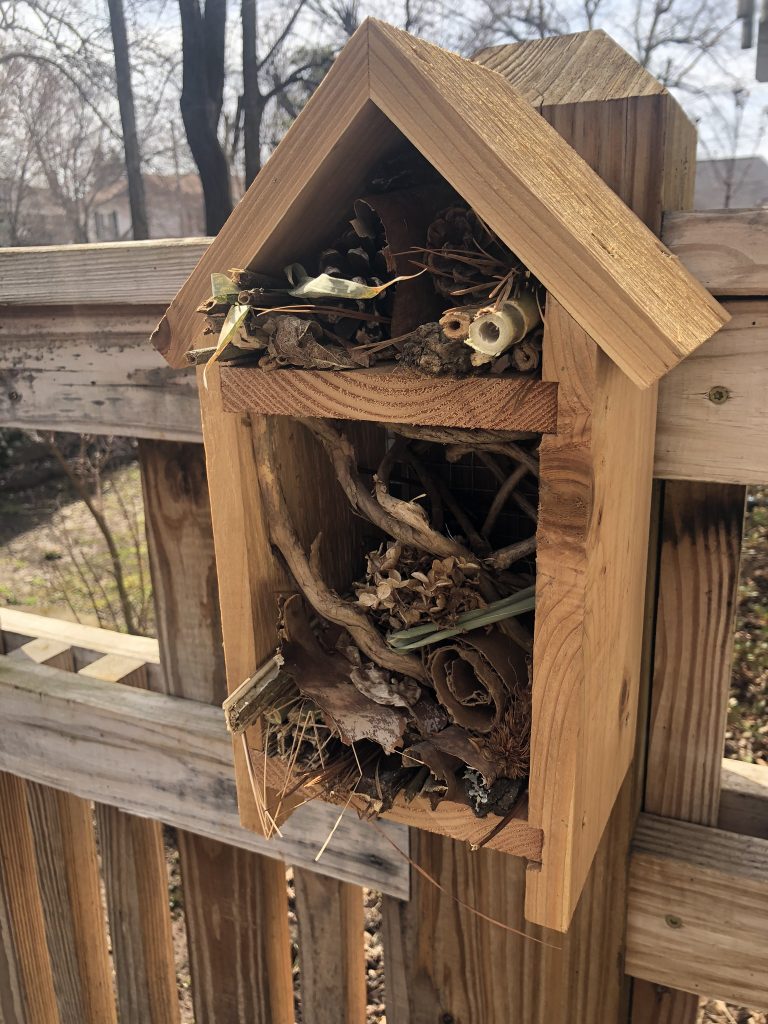

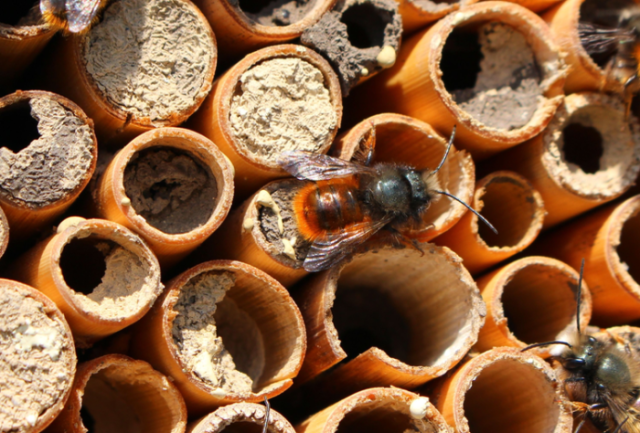








Such a great idea. I love yours. I didn’t know this was a thing but now that I do, I will have to figure it all out.
Thanks Cathy! I had fun making mine.
Your Insect Hotel looks great, and you will be a great Innkeeper. I have a four bedroom Insect Hotel in Mississippi County in NE Arkansas. I call it the Bat Cave. LOL. (I have mosquitos, spiders, bats, and occassionally a snake.)
So true!
You just continue to amaze me! Your hotel looks great. You should have plenty of bamboo shoots to use in your hotel. What will you be up to next?
Who knows! Maybe writing LOL.